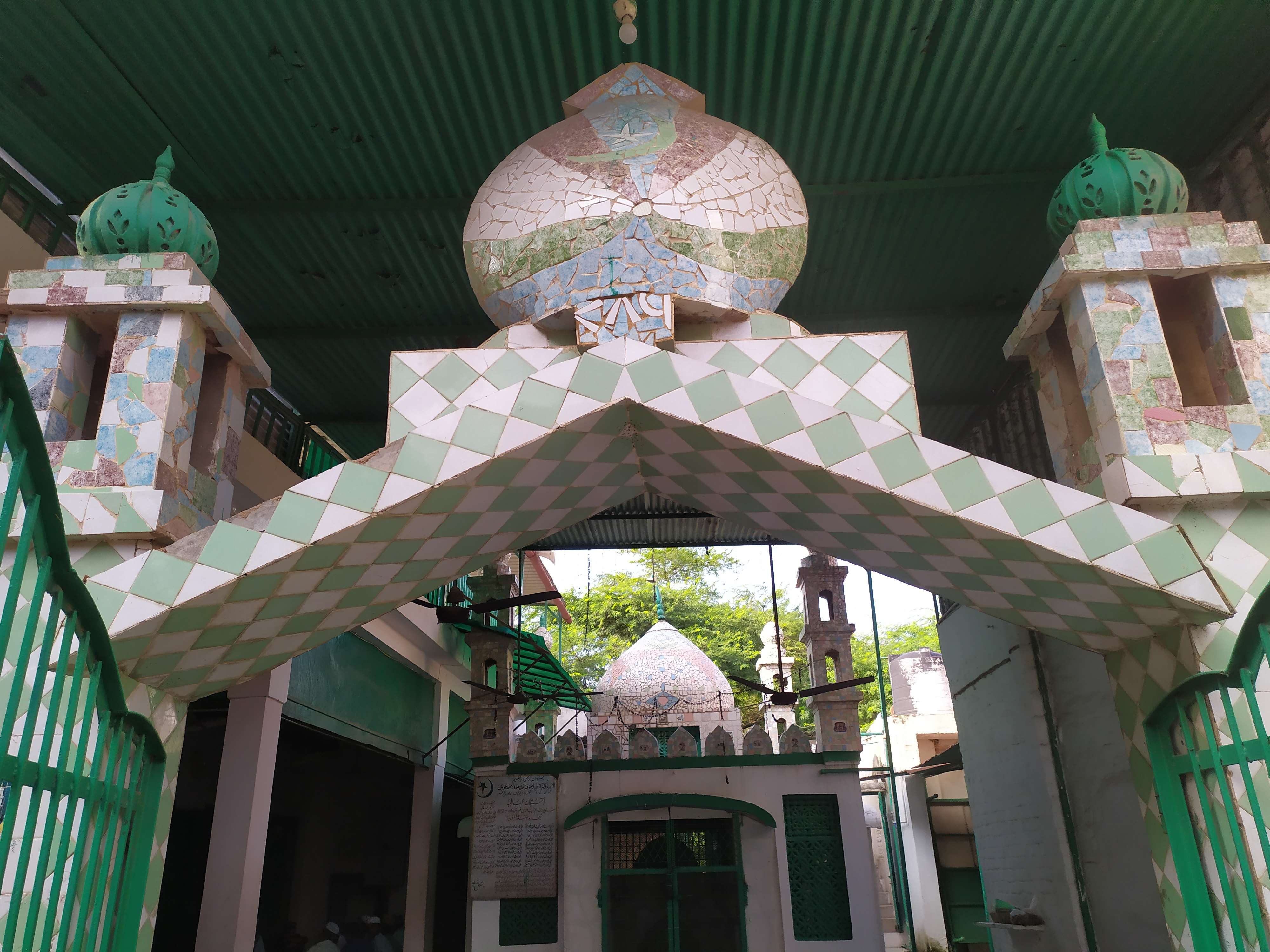
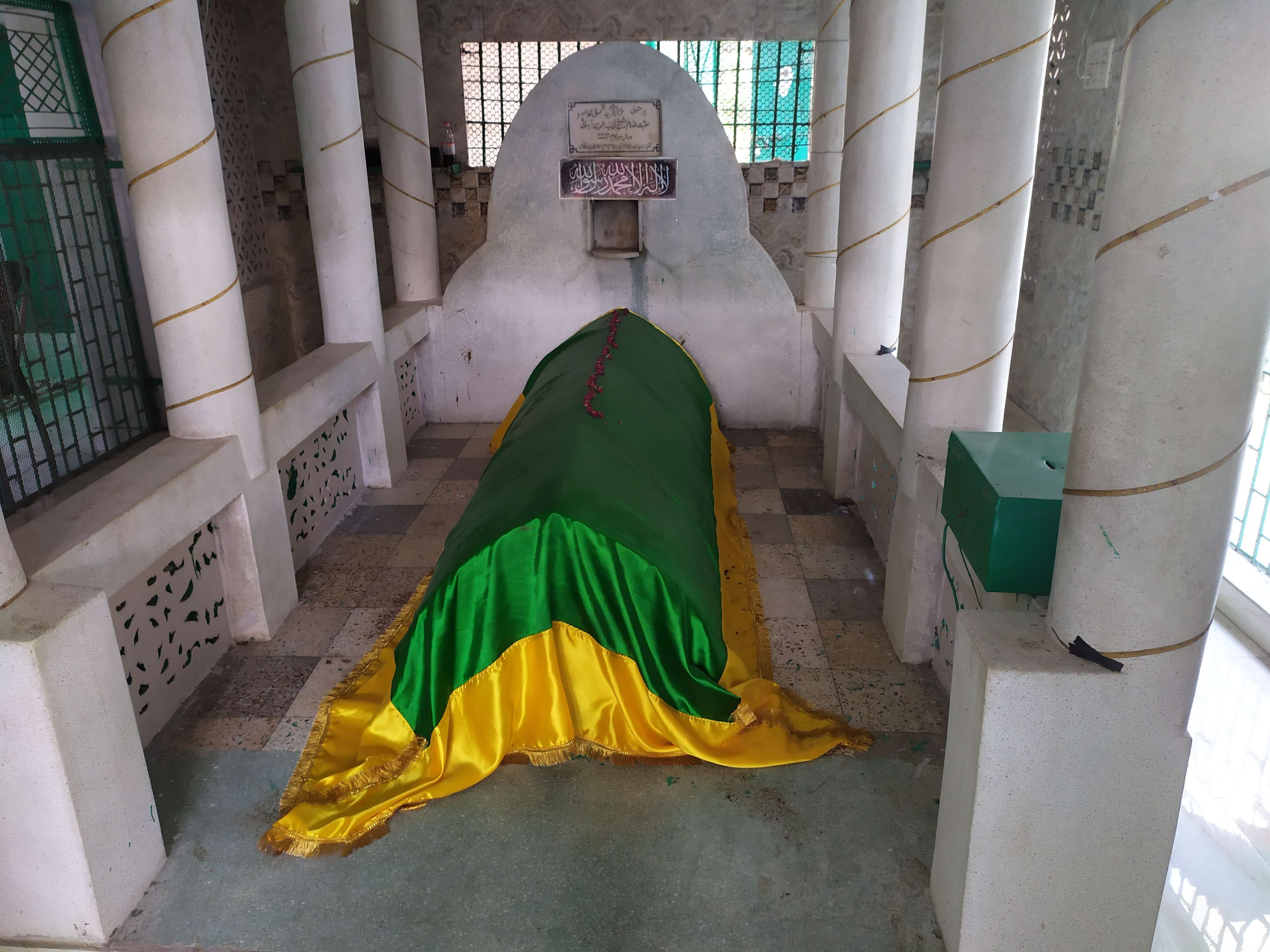
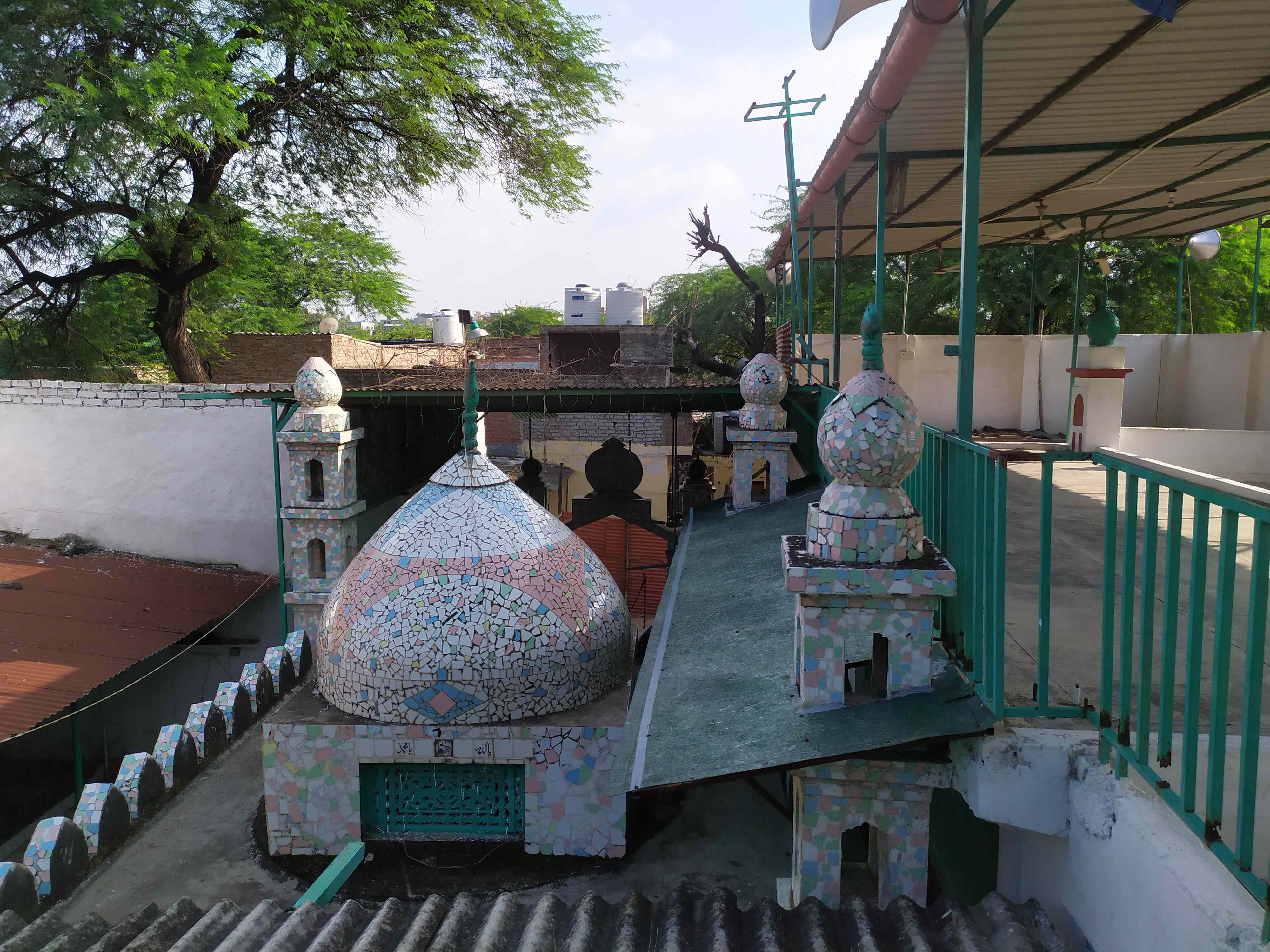
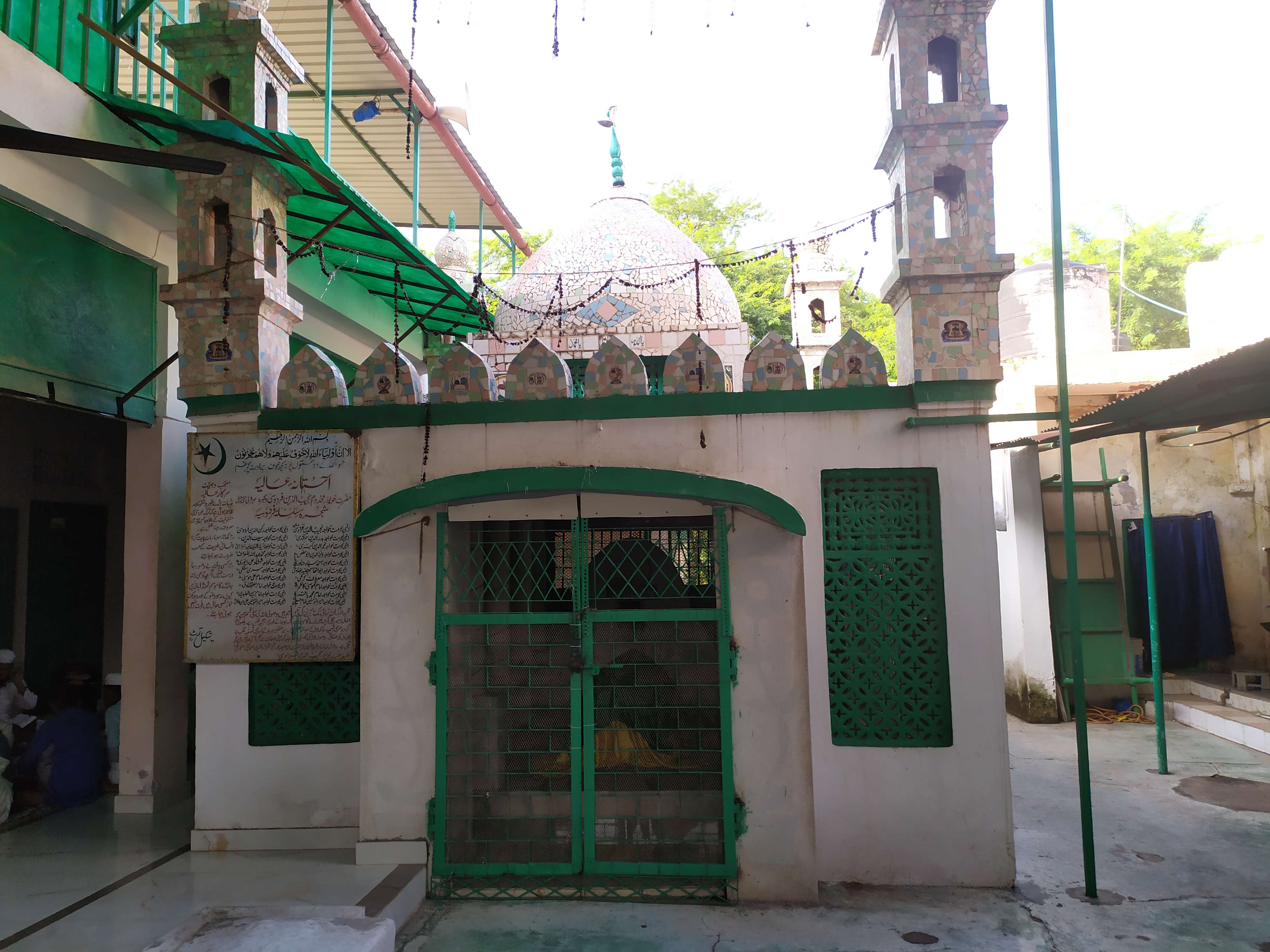
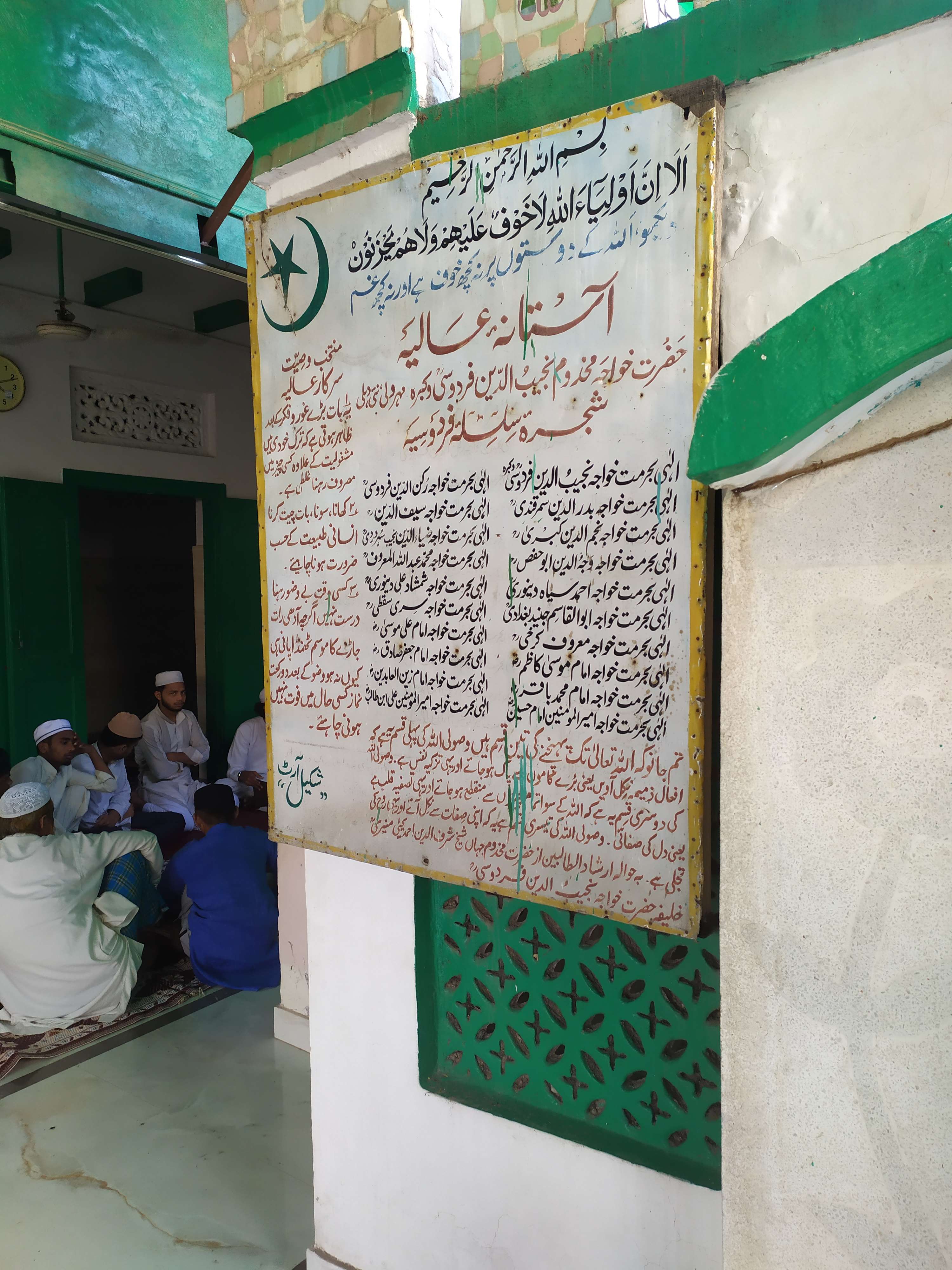
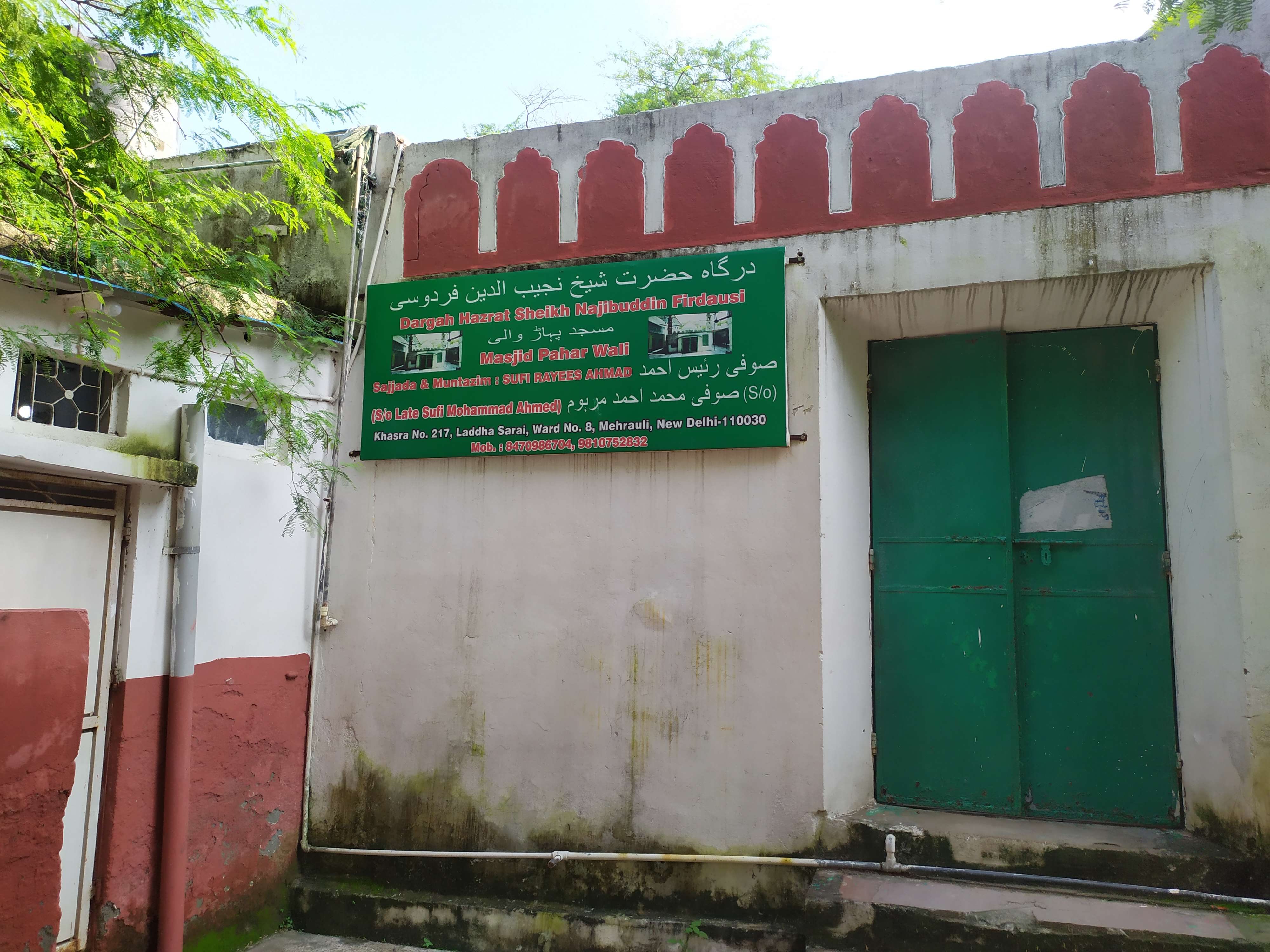
In the heart of Delhi, where ancient whispers mingle with the hum of modernity, stands a monument to devotion and spiritual legacy - the dargah of Hazrat Sheikh Najibuddin Firdausi. This 14th-century shrine isn't merely a relic of stone and mortar; it's a living testament to the enduring Sufi traditions that have shaped Delhi's soul for centuries. As you approach the dargah, the bustling world seems to fade away. The green-tipped dome pierces the sky, a beacon of tranquility amidst the urban landscape. This is more than just a tomb; it's a threshold between worlds, where the boundaries between the material and the mystical blur. Hazrat Sheikh Najibuddin Firdausi was no ordinary man. A luminary in Delhi's spiritual firmament, he carried forward a torch of wisdom passed down through generations of Sufi masters. His dargah, built between 1332 and 1333 A.D., stands not just as a memorial, but as a bridge connecting us to a rich tapestry of faith, philosophy, and architectural brilliance. Step inside, and feel the weight of centuries lift from your shoulders. The rectangular structure, supported by eight sturdy pillars, offers cool shade and invites contemplation. Here, in this sanctuary of serenity, the legacy of a great Sufi saint continues to inspire and enlighten centuries after his earthly journey ends. As you explore the dargah, you'll find yourself immersed in a masterpiece of Tughlaq architecture. The rectangular structure, with its perfect symmetry, speaks of balance - a physical echo of the spiritual equilibrium sought by Sufis like Sheikh Najibuddin. Eight cylindrical pillars rise from the ground, supporting not just the roof, but centuries of devotion and reverence. Look up, and you'll be captivated by the dome - a celestial crown adorned with a gilded pinnacle in vibrant green. This is no mere decoration; it's a symbol of paradise, a glimpse of the divine realms that Sheikh Najibuddin dedicated his life to understanding. The green beacon serves as a reminder of the saint's connection to the spiritual world, visible from afar, guiding seekers to this oasis of tranquility. At each corner of the dargah, minarets stand sentinel. These slender towers reach towards the heavens, as if embodying the ascent of the human spirit. Once, they might have echoed with the melodious call to prayer. Now, they stand in silent vigil, witnesses to countless prayers whispered within these hallowed walls. The parapet that encircles the structure is a work of art in itself. Adorned with intricate Kangura pattern battlements, it speaks of a time when beauty and function were inseparable. Each carved detail is a frozen prayer, a testament to the craftsmen who poured their devotion into every chisel stroke. As you approach the southern entrance, simplicity greets you. This unassuming gateway embodies the Sufi ideal of humility. It reminds you that true greatness lies not in grand facades but in the purity of one's heart and intentions. Inside, the atmosphere shifts. The world outside fades away, replaced by a palpable sense of peace. Here, in the presence of Sheikh Najibuddin's final resting place, time seems to stand still. Devotees come to seek blessings, to connect with the enduring spirit of a man who bridged the gap between the worldly and the divine. A red sandstone tablet on the northern wall catches your eye. Though a modern addition, it bridges past and present, bearing an inscription that marks 733 in the Islamic calendar - a tangible link to the dargah's 14th-century origins. As you stand in this sacred space, you're not just a visitor but a participant in a living tradition. The dargah of Hazrat Sheikh Najibuddin Firdausi is more than a historical monument - it's a vibrant thread in the intricate tapestry of Delhi's spiritual heritage. Here, the boundaries between centuries blur, and the timeless teachings of a great Sufi saint continue to resonate, offering solace and inspiration to all who seek it.